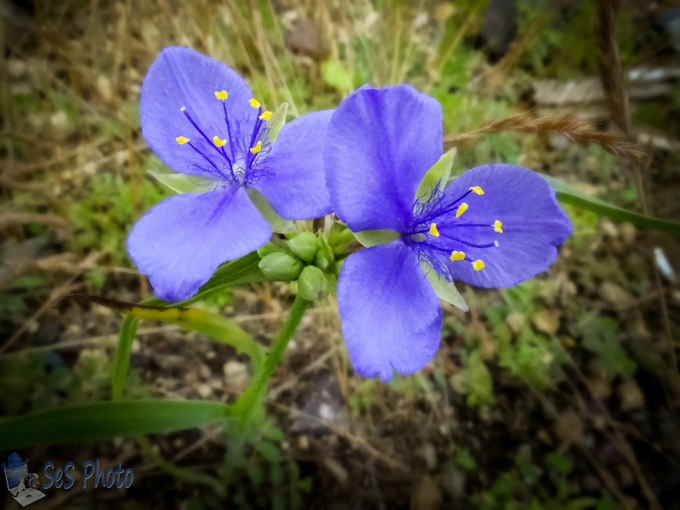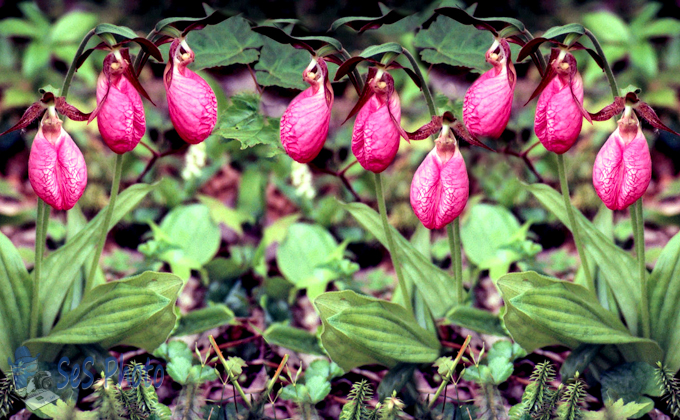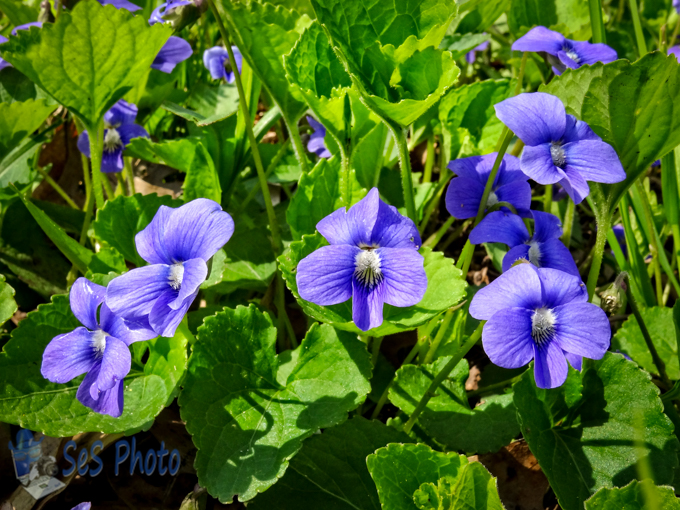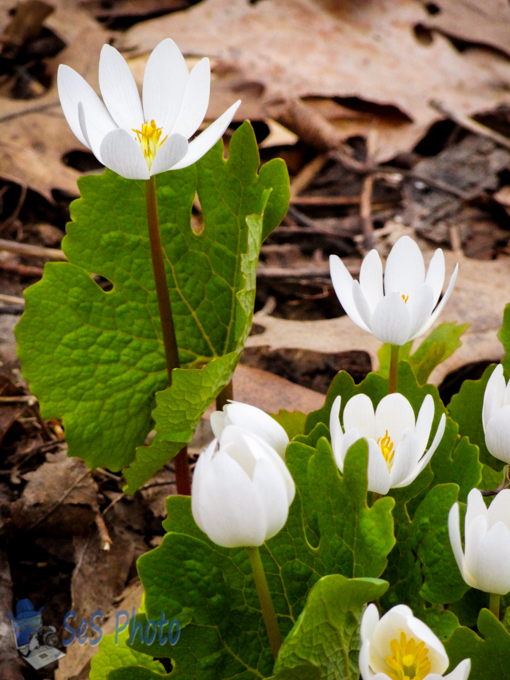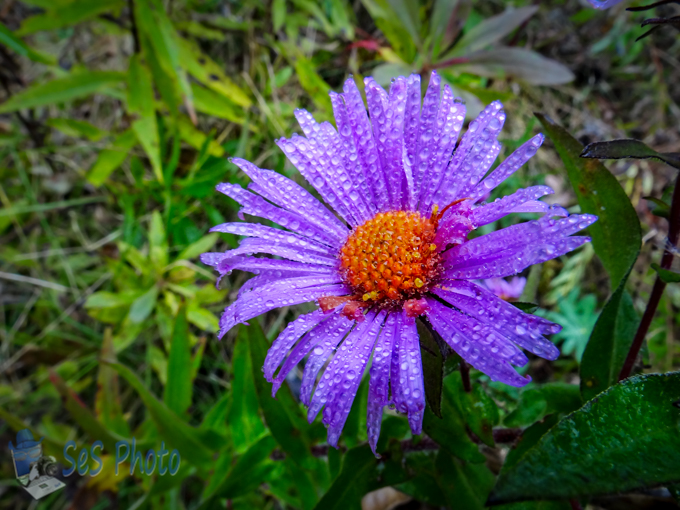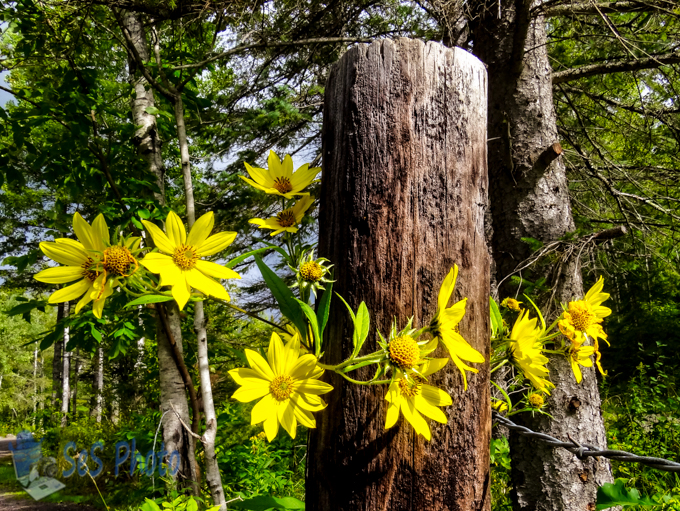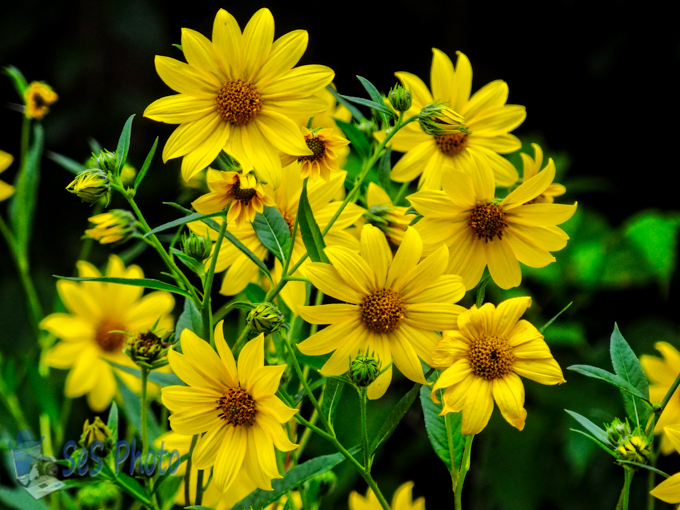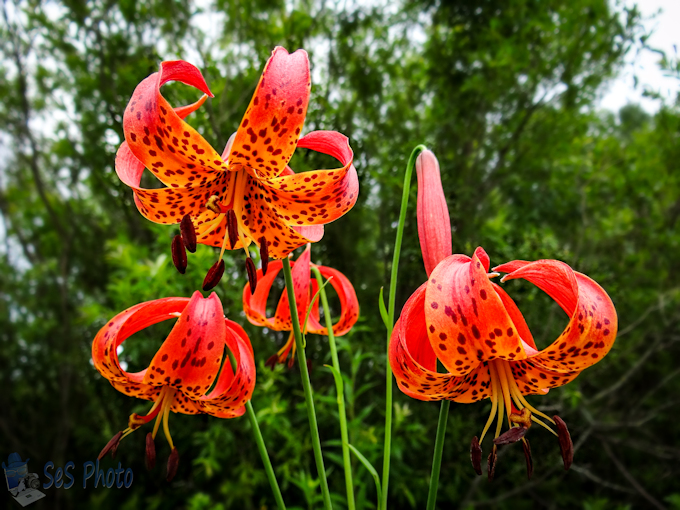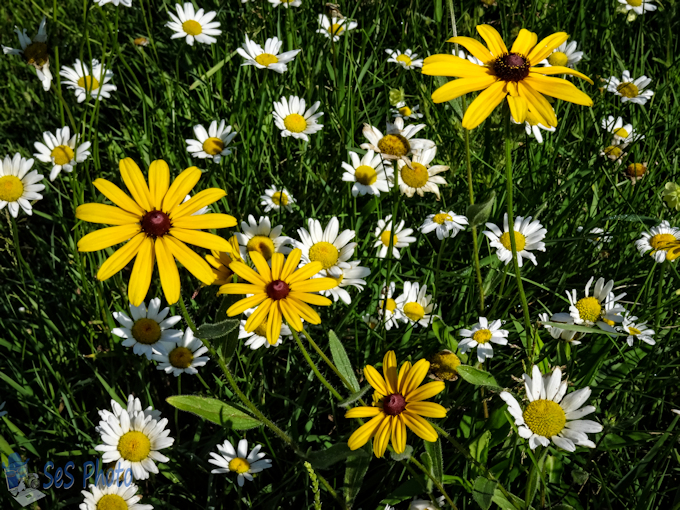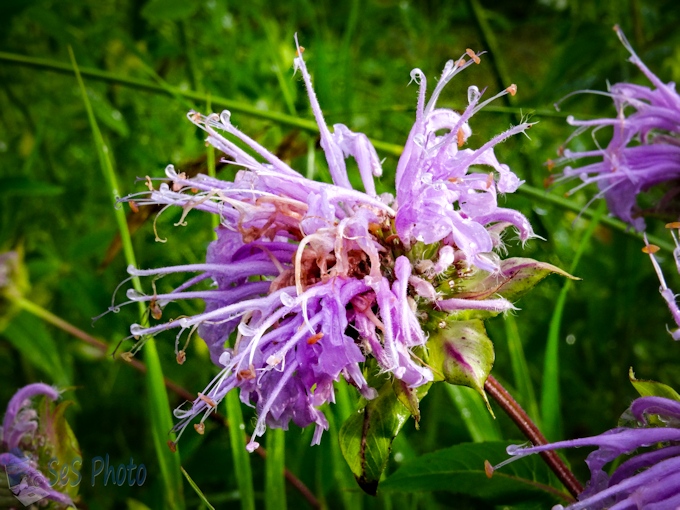The wind was blowing yesterday, although the mosquitoes were still getting me but I think there are just so many of them, the wind just blows them right into me. The blowing wind does make it difficult to a picture of a small flower though.
Along the railroad tracks, these waving blue flowers caught my eye. About 70 species of Spiderworts exist in the Western Hemisphere, and I think this one might be the Ohio Spiderwort, but then I am just usually taking pictures blossoms and not all the plant parts to identify them.
The name Spiderwort may have come from the resemblance to spider silk when the sap is stretched between the fingers or that the plant looked like a crouching spider. The word “wort” often applies to plants with medicinal purpose and the Cherokee used it for insect bites (or spider bite).
One of the other common for the Tradescantia genus, doesn’t have a nice sounding name as it is also called Cow Slobber. It got that name from the plant’s sap as when you break the flower stalk, the sap forms stringy filaments that look like slobber and cows do ‘slobber’ at times (especially if you are nearby for them to wipe the slobber on your shirt).
Too Pretty to be Slobber
